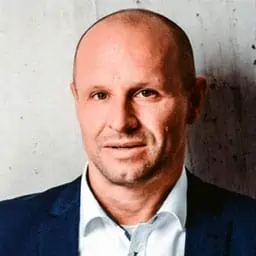With shop floor planning and control, one certainly has a multi-faceted area of expertise that offers many exciting tasks. As soon as manufacturing has started, the planner considers his job done. For the operation, however, this is only the starting point. There is a constant need for regulations and improvements regarding the supervision and optimization of manufacturing processes and the securing of error-free supply chains. Every day, areas and aspects might be encountered where change is needed to guarantee a smooth and rewarding operation. Of course, you need a keen eye to recognize where changes and improvements are needed which is why shop floor control goes far beyond projecting the shop floor constructions and theoretical operational processes. Inventory control is another important factor, which has to be considered, as low inventory costs make manufacturing more profitable.
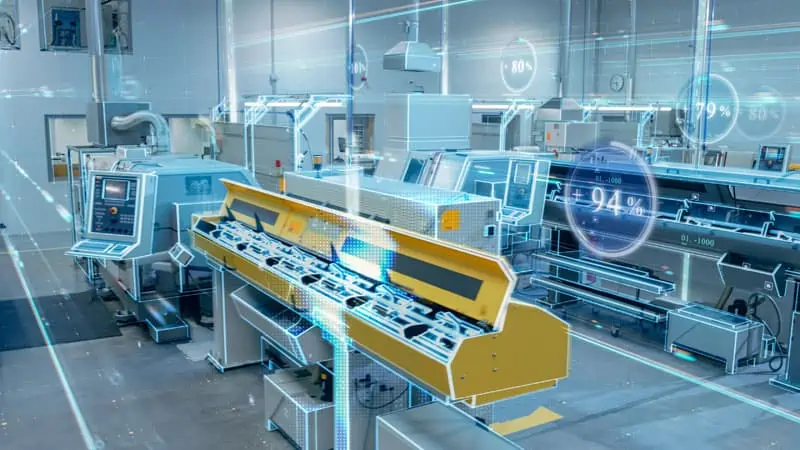
This constant supervision and open-mindedness for improvements and restructuring is the reason why shop floors radiate this aura of progress, productivity, and innovation. What makes shop floor planning such a significant, impactful affair? The short answer is changes: Change in production processes, change in technology, methodology and innovation, in the world of business and work, and last but not least, social change. All these aspects must be considered when conceptualizing a shop floor. When it comes to manufacturing and operational control, there is a great variety to choose from. This, of course, might make it even more difficult to make a clear distinction between facility planning and task planning. However, this distinction is a necessary one, since each field holds its very own merits.
The Difference between Production and Shop Floor Planning
Both the level and depth of conceptualization, including production plans and corresponding control methods, are processed immediately in the short to medium term. Shop floor planning, on the other hand, does not require immediate action and operates on medium to long-term processes. In this context, differing requirements regarding methods and algorithms as well as digital data and result indices have to be kept in mind.
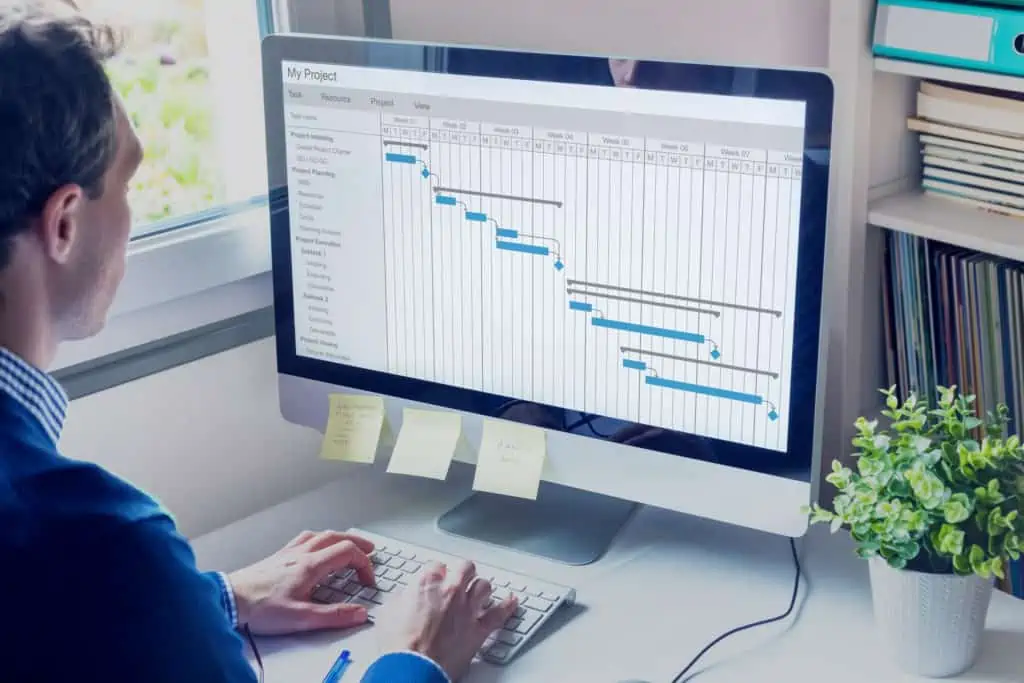
Especially regarding the scope of examining operational processes, a clear distinction is visible. The main focus of an already operating factory business is put on manufacturing procedures on a smaller scale. The emphasis is on conducting orders and completing contracts according to an already established schedule. In shop floor planning, on the other hand, the overall structure of material flow against the backdrop of potential future scenarios takes the center stage. Naturally, this might consider rather vague factors, in contrast to the more concrete procedures of factory business operations.
This also impacts production layouts where transportation efforts, supply chains, and land utilization are documented via indices. While the task of preparing and arranging production goes much closer into detail when analyzing production processes, assigning employees to specific tasks, and arranging and re-arranging order, factory layout planning operates on a more detached functional level, and plans based on geometric factors such as nature, dimension, and position of object arrangements.
However, keeping all these differences in mind, it is of great importance that both shop floor planning and layout planning operate harmonically, feeding on each other’s accomplishments and functioning procedures. Here, the value stream model provides considerable assistance. Since this model documents both processes and resources, it informs about lacks in either of those fields in a timely manner.
Shop Floor Management
When it comes to how exactly shop floor planning is handled in order to be beneficial to shopfloor management, the aspects of new approaches and radical changes in operations come to mind. The Association of German Engineers mentions restructuring and enhancement in floor shop planning and has developed a carefully structured multi-phase plan for floor shop control. On the very top of this plan are the aspects of conceptualizing, controlling, regulating, and adapting.
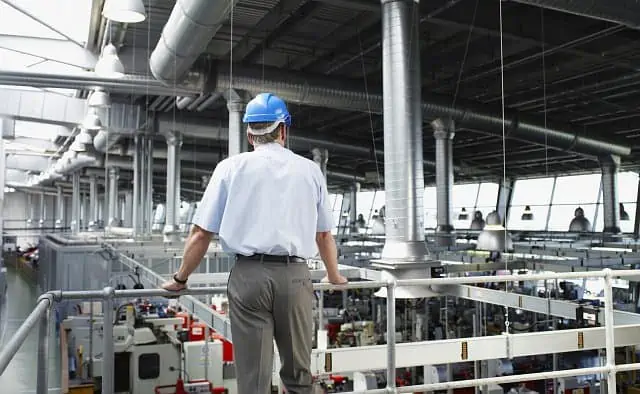
For the floor shop construction process, a common issue is the absence of a single coherent, all-encompassing model. The information needed, more often than not, is spread across various departments, with a variety of individuals in charge. Resulting from that, the conceptualization of floor shops requires the use of hierarchical models to organize processes effectively and to establish a control system over them. Utilizing these models enables a floor shop planning process continuously move from the grander view to more details. As soon as one layer of the devising procedure is completed, secured via controlling, and theoretically functioning, the floor shop planner moves on to the subordinate layer.
Similarly, a framework model can be used to guarantee drafting processes from the grander scheme to smaller details. It is meant to complement the accomplishments of hierarchical models. While the latter focuses on factory building, the framework model is crucial for floor shop management and control. Production programs, resources and employee management are the variables here. By utilizing these two models in interplay, both a top-down (factory building) as well as a bottom-up (floor shop management) approach can be accomplished.
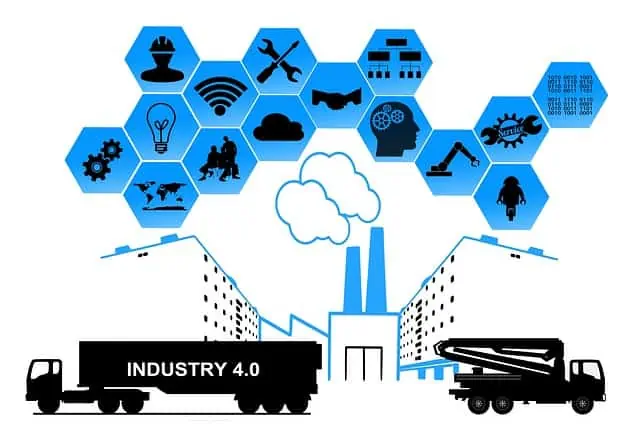
Shop Floor Control Software
Shop floor management implies a constant real-time calculation of potential changes in inventory, manufacturing processes, and storage to respond to the external factors mentioned above. These calculations are especially important to prevent occurring problems in the supply chain. In many cases, factory-building processes are born out of a need for action. Too little space, observed inefficiency, implementation of technological advancements. These factors do not occur overnight but are the results of various intertwined processes which is why the necessity of constant shop floor control, supervision, and management arises.
Shop Floor Control software gives you real-time data and helps employees to understand the ongoing progress. Necessary data (KPIs) can be controlled in one application. Shop floor control also includes material-required planning (MRP). MRP is necessary for efficient real-time shop floor management. Data-driven MRP tools ensure on-time purchasing of materials and guarantee supply chain agility. There is also corresponding software for shopfloor scheduling. Smart manufacturing software can improve your shop floor scheduling and keep manufacturing up-to-date.
Considering all the people involved in floor shop construction and management, it is far more advisable to establish a constant flow of real-time controlling responses than to follow a stagnant business-as-usual approach that eventually leads to sudden deep-cutting adjustments.
Due to the extensive nature of floor shop management, it is of further importance to include the people affected. Just as is the case with the interplay of top-down and bottom-up models, there must be functional, progressive and effective communication between shop floor departments. The best results are always reached together.
No problem, simply subscribe to our Blog-News!



